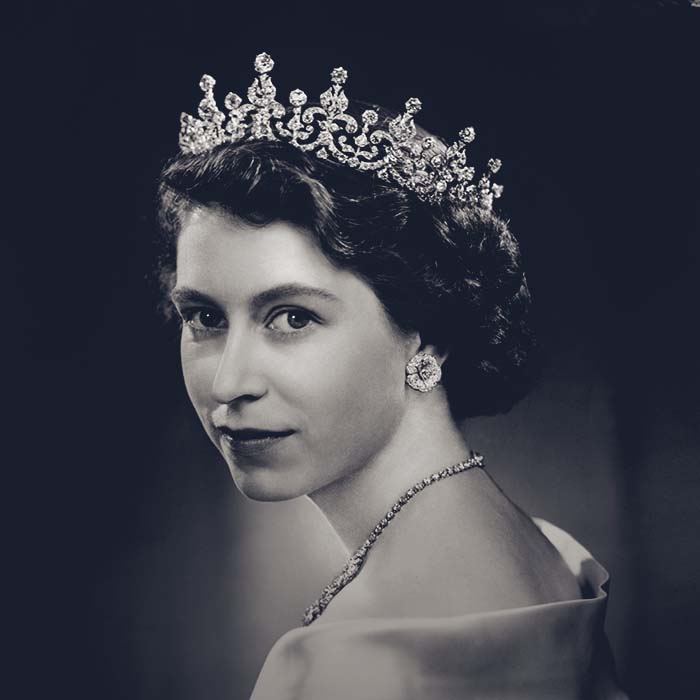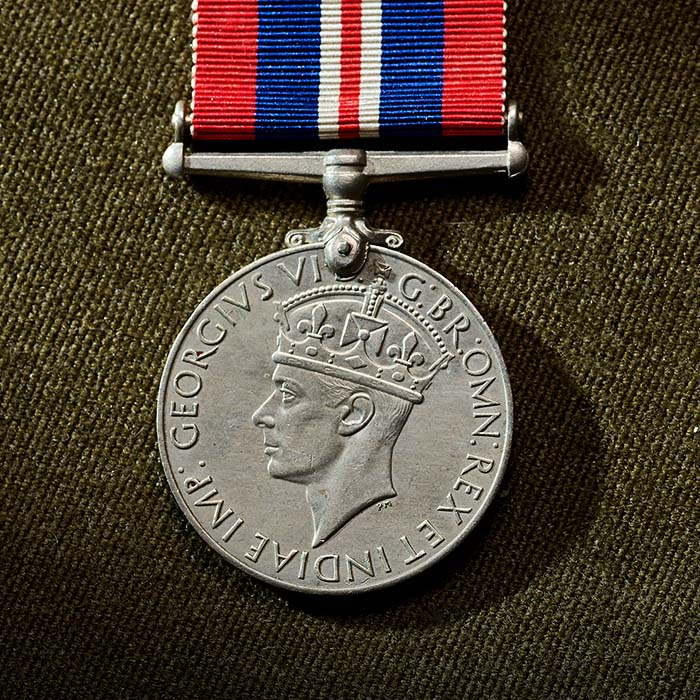The Sovereign’s enduring legacy dates back to the reign of Henry VII. Some years after Henry VII acceded to the English throne, he ordered a ‘new money of gold’ to further emphasise the authority of the House of Tudor. A hammered gold coin that is larger and thinner than its modern variant, it continued to be struck until the reign of James I.

In the early nineteenth century, the government ordered a reform of the coinage of the United Kingdom. This included the guinea – the gold coin used at the time. Following the Napoleonic wars, the public had become accustomed to using a twenty-shilling note which made the guinea, with its value of 21 shillings, awkward to use.
As a result, a new coin was established with a value of 20 shillings – the modern Sovereign. This reintroduction of The Sovereign featured a beautiful depiction of St George and the dragon on the reverse, designed by the temperamental Italian engraver Benedetto Pistrucci.
Featuring on Sovereigns struck for George III and George IV, Pistrucci’s design was replaced by a shield design for a time but then reinstated on the coin during the reign of Queen Victoria; it has appeared on Sovereigns struck for every British monarch since.

The first Sovereign to be celebrated as part of our Sovereign of the Month collection is the 1932 South Africa Sovereign. Towards the latter half of the nineteenth century, demand for The Sovereign soared and new branch mints had to meet the demand. Around the world, branch mints were generally established to take advantage of local gold deposits, one of which was based in Pretoria, South Africa, and opened in 1923. During the height of its production in 1928, roughly just over 18 million Sovereigns were struck at this branch mint.
When these branch mints were first established, The Sovereign had gained a reputation around the world for its accuracy and reliability. However, there were initially concerns that Sovereigns produced at branch mints wouldn’t be of the same quality as Sovereigns produced at The Royal Mint in London. These concerns soon proved to be baseless but mint marks continued to be used to denote the branch mint where they had been produced.
The branch mints were run from The Royal Mint in London, with staff sharing their knowledge and experience to ensure that the production of Sovereigns would be as consistent as possible, regardless of where it took place. Sovereigns produced at the branch mint in Pretoria featured the mint mark ‘SA’ on the reverse of the coin below Pistrucci’s design. The coinage portrait of George V appeared on the obverse, designed by Bertram Mackennal.

The year 1932 was the last in which The Sovereign was struck at Pretoria and the last year it was struck by any of the traditional branch mints. Struck in 22 carat gold, the 1932 Sovereign features Pistrucci’s classic St George and the dragon design on the reverse and was one of the last Sovereigns to be produced in Pretoria. In 1941, the Pretoria mint ceased to be a branch mint and later reopened as the South African Mint.







